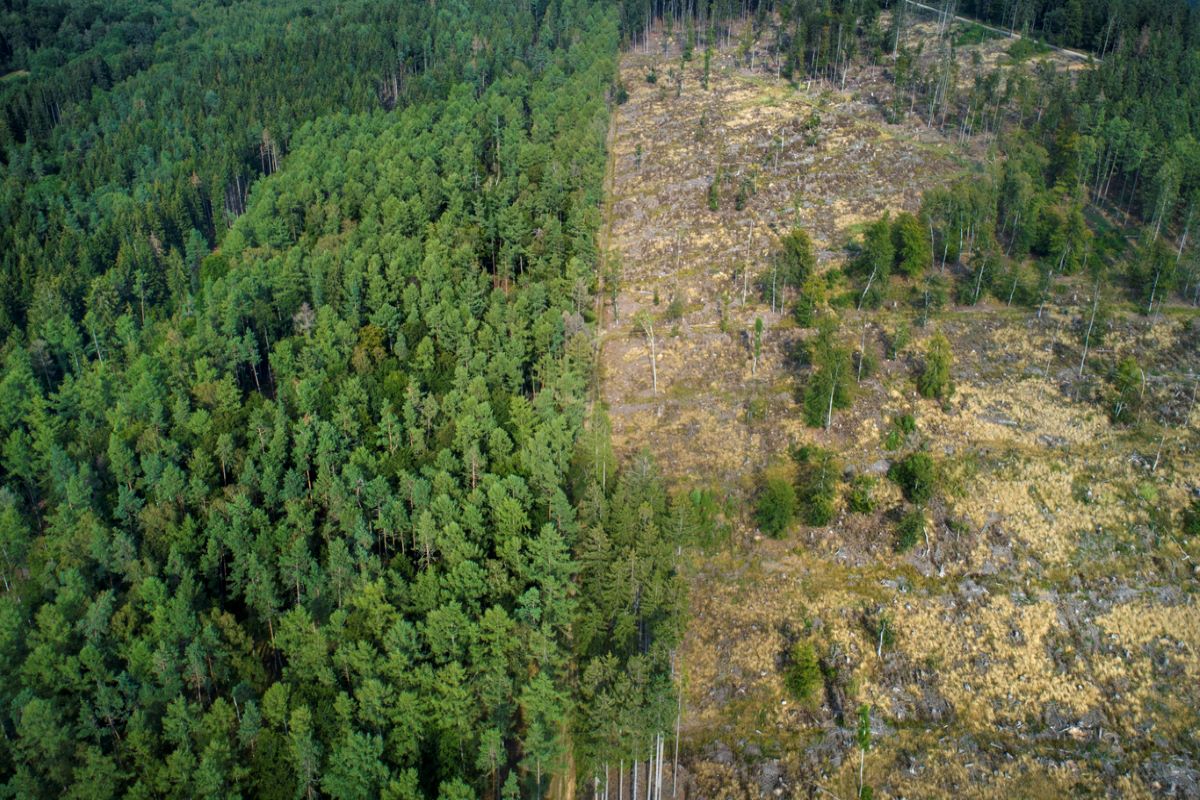India pledged to cut its carbon emissions to net zero by 2070 at the 2021 Conference of Parties (COP) 26 in Glasgow. India ranks fourth in carbon emissions after China, the United States and the European Union. But India sidelined one of the major commitments at COP 26, namely The Glasgow Leaders Declaration on Forest and Land Use. This declaration focuses on commitments to reduce deforestation.
The tiger is India’s national animal. In the 18th century, during the British colonial era, there were some 58,000 tigers in India. Habitat destruction, hunting, poaching and deforestation reduced this population to 2,000 in 1973. To conserve this royal animal, ‘Project Tiger’ was initiated by the Government of India. There are now 50 tiger reserves. About 80 per cent of the global tiger population resides in India. Madhya Pradesh stands first in the total number of tigers in the nation, with 526 tigers as per the 2018 tiger census.

MP also boasts a large forest cover. But the future is bleak for this biodiverse state as the nation’s economic needs supersede its environmental commitments. The diamond mining project of Buxwaha forest, MP, will clear 364 hectares of forested land with the felling of 200,000 trees. This mine site has diamonds worth 34 million carats. This same forest land is home to tigers, leopards, foxes, bears and many other wild species. These forests are also home to indigenous tribes whose lives and livelihood revolve around the forests. A fifth of the total population of MP belongs to Scheduled Tribes, as per the 2011 census.
Mining activities result in deforestation, alter the community ecology of native wildlife and push populations to extinction or migration. This will increase the instances of human-wildlife conflict. These short term economic gains will ruin wildlife habitat as well as impose soil, water and air pollution. Such projects are being challenged by public interest litigators in the Madhya Pradesh High Court. The area has more than a century-old history of conservation by local communities. It also supports the catchment area of Khandari lake, which is a major drinking water source for the neighboring cities. One hundred hectares of this land have been allocated to the Indian Institute of Information Technology Design and Manufacturing (IIITDM).
The waste from IIITDM is polluting the pristine waters of Khandari, another impact of the forced development ventures. Tiger safaris make the situation even worse. Residents fear that more development projects being planned in this region will undermine its environment. Of these projects, 40 acres have been allocated for railway quarters, 25 acres for a ‘green’ city development that includes a stadium, and 10 acres for a residential complex. Local populations are rising up to protest the destruction of this fragile habitat. India reported about 0.38 per cent of annual growth in forest which amounts to a 266 thousand hectare increase in forest area per year.
However, the Covid-19 pandemic lockdown has impacted about 0.67 per cent of global forests, according to the ‘Global Forest Watch Report’. During this period, India lost about 38,500 hectares of tropical forest in 2019-2020, which is 14 per cent of the nation’s total tree cover. At present, 24.56 per cent of land is under forest cover. Still, India is unlikely to reach its goal to cover up to 33 per cent of land under forest cover. The COP 26 pledge to cut carbon emissions to net zero by 2070 cannot be achieved by sidelining the deforestation issue.
Trees are the last warriors standing in mankind’s war with climate change. India is home to four biodiversity hot-spots, and houses the largest population of Royal Bengal Tigers across the planet. Deforestation to make way for economic development is a trade-off that the world cannot afford in the wake of the current climate crisis. Forest conservation needs to be prioritized above short term economic gains from diamond mines, development projects and tiger safaris.
(The writers are, respectively, an independent researcher, Associate Professor, and Dean at Jindal School of Environment and Sustainability, O.P. Jindal Global University, Sonipat, Haryana.)












